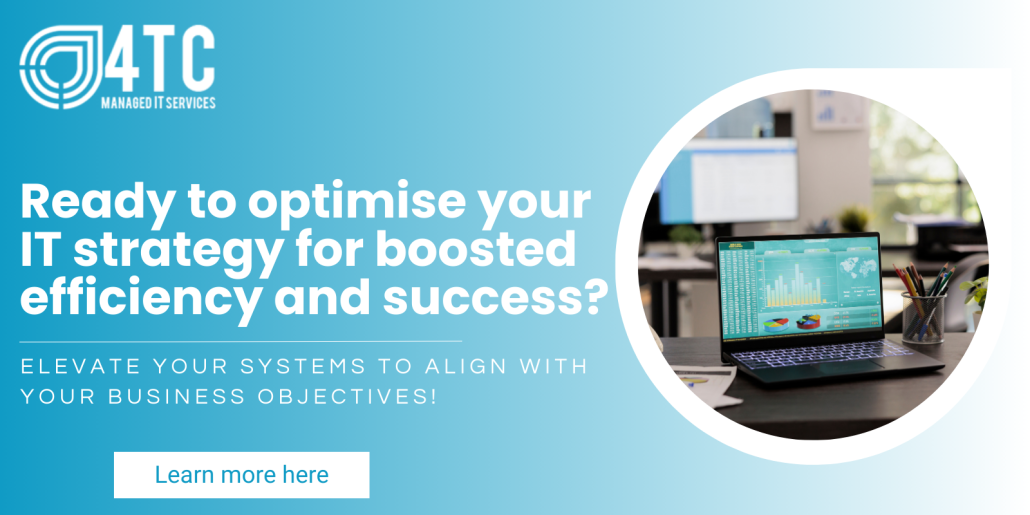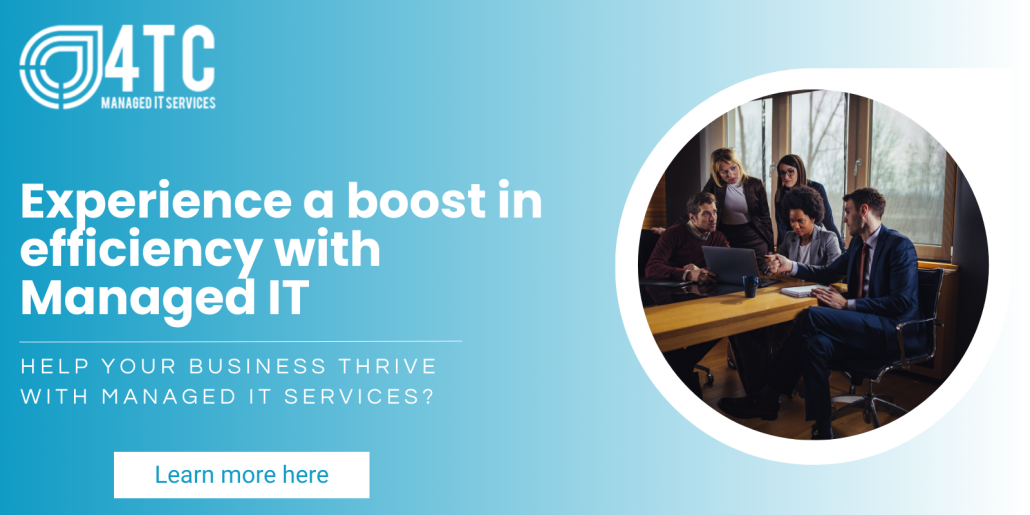The Power of Proactive IT Support: Why Prevention Beats Cure
Keep experiencing IT issues and disruptions to workflows but don’t know what to do to stop them from happening? London businesses would rather avoid issues altogether than scramble to fix them once a system goes down; however, most still wait for an issue to occur before acting. For businesses relying on their tech to run smoothly, a reactive approach simply isn’t enough in 2025. In this blog, we’ll explore what proactive IT support really means, how it benefits your business, and why prevention will always beat cure.
What Is Proactive IT Support & How Is It Different?
Proactive IT support is about keeping your business ahead of the curve. Opposing a reactive model – where support teams wait for something to go wrong before stepping in – proactive support focuses on anticipating and preventing problems before they impact your business.
Taking on this forward-thinking approach means implementing regular monitoring, system maintenance and backups, software updates, and security patching. It’s designed to catch issues while they’re still minor, rather than waiting for a full-blown outage or security breach.
And the proof is in the numbers: according to a recently published statistic, 13% of businesses that had experienced a cyber-attack in the past year were exposed to some form of event after, with one of the most common being downtime. This evokes a strong incentive for businesses to utilise proactive IT support strategies to avoid the risks of disruptions.
The Benefits of a Proactive IT Support Approach
Shifting from a reactive to a proactive IT support model offers businesses a host of long-term advantages that go beyond quickly trying to fix faults. Building resilience, improving performance, and ensuring your technology supports your business goals.
- Less Downtime, More Productivity: Proactive IT support is centred around consistent monitoring and preventative maintenance. This means issues such as disk space running low, software conflicts, or early signs of hardware failure are identified and resolved before they escalate into costly disruptions. The results in fewer technical emergencies and more uninterrupted work time for your team.
- Improved Security Posture: The evolution of cyber threats means businesses can’t afford to leave security updates or patching to chance. With a proactive approach, antivirus, operating system patches, firewall configurations, software updates, and backups are regularly maintained. This reduces vulnerabilities, protects sensitive data, and helps your business stay compliant with industry regulations.
- Reduced IT Costs and Greater Predictability: Unplanned IT failures often lead to unbudgeted expenses, including emergency call-out fees, hardware replacements, and lost revenue due to downtime. However, a proactive support plan offers a more predictable cost structure through managed IT services, where regular maintenance prevents major issues and unexpected costs are minimised.
- Optimised System Performance: Routine system health checks, disk clean-ups, network diagnostics, and performance tuning all contribute to a more efficient IT environment. This ensures that your systems continue to meet the demands of your growing business and don’t hold back your staff with slow or unreliable performance.
- Strategic IT Planning: Proactive IT support can also include dedicated account management to help align your technology with your business objectives. Your IT provider should be a strategic partner, offering guidance on technology upgrades, infrastructure improvements, and future-proofing plans based on regular insights into your systems.
A Preventable Crisis: The Power of Proactive IT Support
This example focuses on a London-based marketing agency that relies heavily on shared file storage and constant connectivity. During a routine monitoring session, their proactive IT provider spots an impending storage failure and declining network speeds. Rather than waiting for a crash, the IT support provider schedules an out-of-hours upgrade and carries out the necessary fixes. When the team returns on Monday, they find everything running better than ever – with no disruption to projects or client deadlines thanks to having proactive strategies in place.
The Human Touch: On-site Visits and Account Management
While remote monitoring handles the technical side, regular on-site visits ensure your users receive hands-on support when needed. This in-person approach helps resolve persistent issues, reinforces staff confidence in their systems, and strengthens the partnership between your business and your IT provider. A dedicated account manager becomes a familiar face who understands your organisation’s unique needs and can recommend solutions accordingly.
Proactive IT Support in London from 4TC
At 4TC, we provide proactive, fully managed IT support for businesses across London and beyond. Our focus is on expert prevention, not just problem-solving, and our IT services are carefully crafted to keep your systems secure, efficient, and aligned with your goals. We offer:
- 24/7 monitoring and alerts
- Routine patching and software updates
- Scheduled on-site visits
- Dedicated account management
- Online IT support for fast resolution when needed
Ready for Proactive IT Support?
Proactive IT support is a strategic investment that empowers businesses to succeed. By prioritising prevention over cure, businesses in London can reduce downtime, avoid costly repairs, and focus on growth. If you’re ready to leave behind reactive IT and move towards a smarter, more reliable model, we are here to help.
Contact us today to learn more about our proactive IT support and how we can support your business success.





